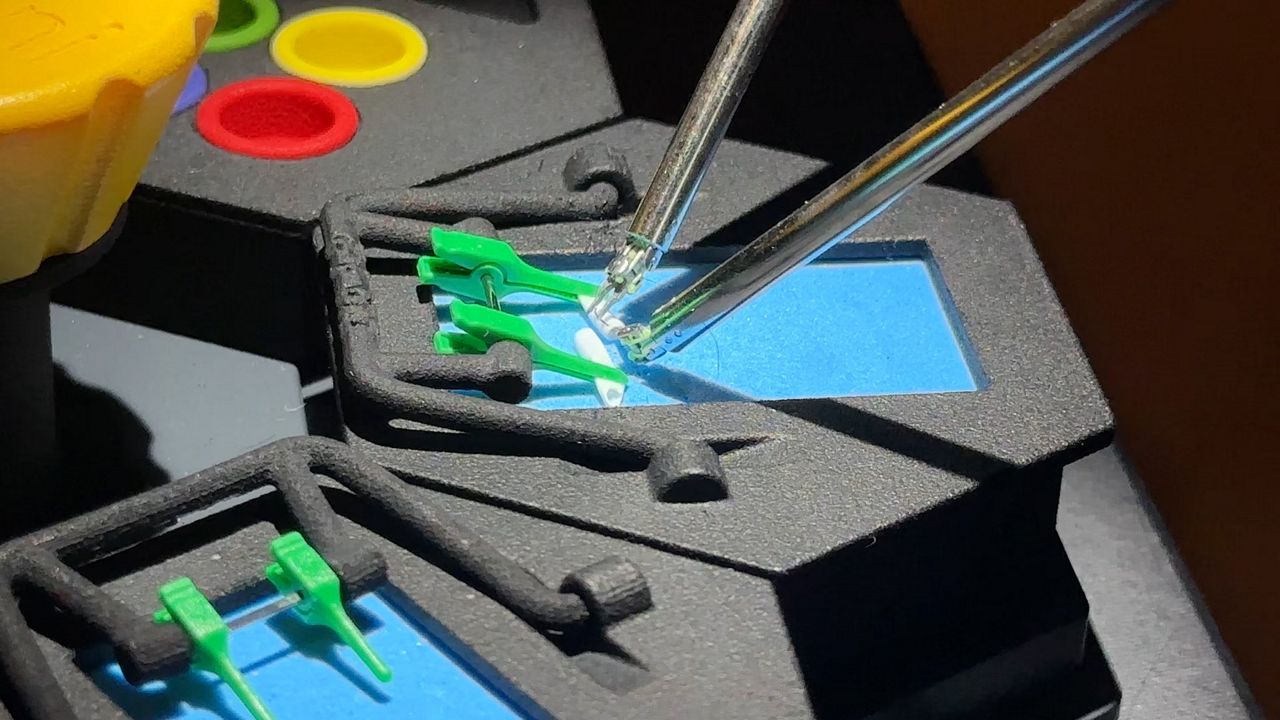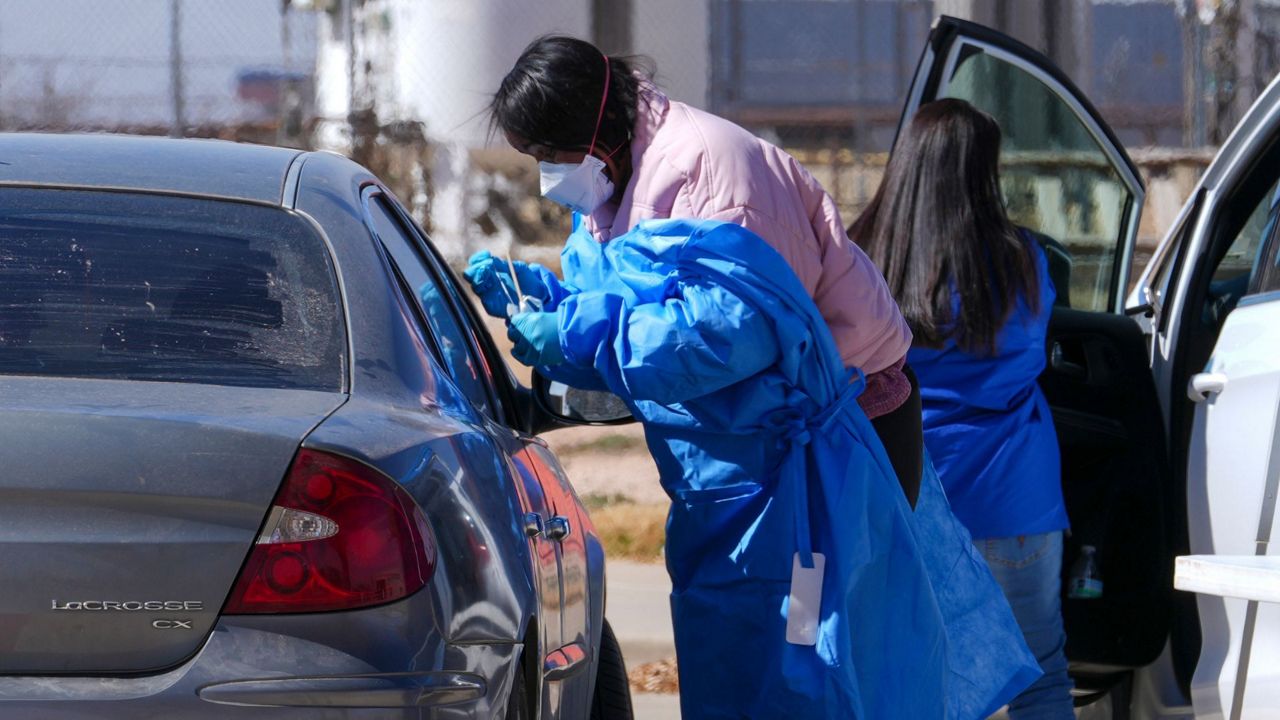LOS ANGELES — Her son’s pink baseball bat is a reminder of the breast cancer journey Deven Phillips went through nearly seven years ago. It also serves as a reminder of the surgical complications that led to an additional problem, an uncomfortable swelling in her left arm after she had a lymph node removed.
“It’s a heaviness feeling. I would almost feel like I was walking a little lopsided because I just felt the heaviness on this side,” Phillips said.
Phillips said she developed lymphedema, a condition where the lymphatic system in the body can’t drain fluid properly.
To relieve her condition, she underwent a lymphatic surgery, then a second one with her Cedars-Sinai plastic surgeon who is also the Complex Reconstruction and Microsurgery Fellowship program director Dr. Philip Brazio, But this time Brazio would use the Symani Surgical System, a robotic assistant for the delicate surgery.
“[He] gave me the call the day before my surgery asking, ‘Hey, is it OK if we use a robot in your surgery?’ I was just like ‘Umm…’, I just asked him, ‘Are you going to be there?’ you know? What’s happening? And he’s like ‘Yeah!’” she said.

Robot-assisted surgeries have an overall 94% to 100% success rate, according to the Cleveland Clinic. Brazio said Phillips was the first Cedars-Sinai patient to undergo the robot-assisted microsurgery where he used 3D glasses, chopstick-like hand tools as the robot arms holding tiny instruments mimics his motions in micro moves, reducing any natural tremor and increasing precision with sutures that are thinner than a piece of hair.
“For very small structures, super microsurgery, we consider to be vessels less than 0.8 mm in diameter. It helps filter out that tremor so that it’s a non-issue,” Brazio said.
Dr. Brazio said robot-assisted microsurgeries also allow the patient to heal faster with minimally invasive cuts, making robot-assisted tech a key tool for future microsurgeries. While he has experienced no issues with the extra pair of hands, disadvantages of robotic platforms overall in this setting could include surgery complications where surgeons would need to revert to a larger incision or robotic malfunctions, which are extremely rare, according to the Cleveland Clinic.
“One of the things that we are trying to do is train up some of our residents and fellows and get them working with it so that from early on perhaps they’ve even really mastered microsurgery conventionally they are already able to incorporate the robotic technology into their operations,” he said.
Phillips said she’ll have to wear the compression sleeve to help keep fluid moving. But she’s already feeling better.
“The first surgery, the recovery, was a little more difficult, though. I did take pain meds during that surgery. I was actually off-work for six weeks for that one. This second surgery with the robot I was only off-work for two weeks,” she said.











